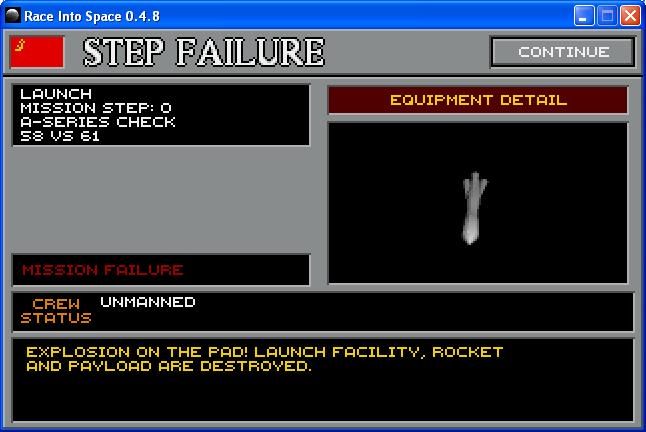Simon_Jester wrote:Moreover, that is precisely the question. Space-X is having a 10% or so failure rate in their actual rockets, which are tested frequently, and which is so critical to their success because nothing good can possibly happen for them if the rocket fails. What are the odds that a piece of equipment like the escape tower is MORE reliable, when it rarely or never actually gets used for anything during a mission?
For starters your math is wrong if you're counting specifically the Falcon 9 launches. (While we could discuss this, it makes sense that earlier efforts had more problems and is fairly typical for a rocket program from a country or company without previous experience until they can figure of the initial kinks.) At least in terms of true failures which would put a manned mission in possible jeopardy, you're looking at two so far out of 29 Falcon launches including the launch pad failure.
Its also worth pointing out that the specific static testing procedure in question in this case would never be performed with the astronauts on board, so the emergency escape component would never come into play in this case. Now its true that the nature of it is still a concern because based on what we know so far it could still potentially come into play with the actual launch, but at a minimum in terms of the number of times the procedure was done without this sort of failure you should at least double the 29 times figure when calculating the actual failure risk rate to astronauts actually in the rocket at the time. (Moving the potential effective failure rate with astronauts on board to somewhere close to 5.2% when including the other failure.)
In terms of the escape capsule mechanism itself (which is still the Dragon module and not some separate escape tower), its allot more simple than the entire rocket, and key parts have to work during a regular manned mechanism rather than only coming into play in an emergency abort scenario. I certainly view a success rate of 90% as being pretty conservative by the time it goes through the rest of its testing. Its worth noting it has gone through one test so far with basically flying colors on its first try.
While the other failure is related to the figure of 28 other times in terms of issues so far, its worth noting the failure mechanism for the rocket was not of the true explosion variety. This suggests that even if the rocket component of the abort somehow utterly failed, its still pretty likely the hypothetical astronauts inside would survive basically unhurt if its parachute component had worked. (The evidence is the Dragon capsule component was still intact even after the rocket had disintegrated.)
Basically when you do the math including the escape backup component, the evidence so far supports that as long as the rest of the manned capsule testing goes smoothly, the Space X manned launches will in fact be significantly safer than the Space Shuttle launches were. If you consider the specific nature of the failures so far you could argue that it in fact would be dramatically safer. Now all of this does not mean that the failures are not a concern in terms on manned flight or an obvious problem, but you should consider the historical risks when talking about when it would be acceptable to move a rocket towards manned use.
(There is also plenty of reason that especially with regards to manned flights where Space X can take extra precautions if necessary that it will continue to get safer as problems get identified and significantly Space X can look at all the 1st stage boosters they successfully land after the flight for any warning signs even if they didn't impact the success of that particular launch.)



